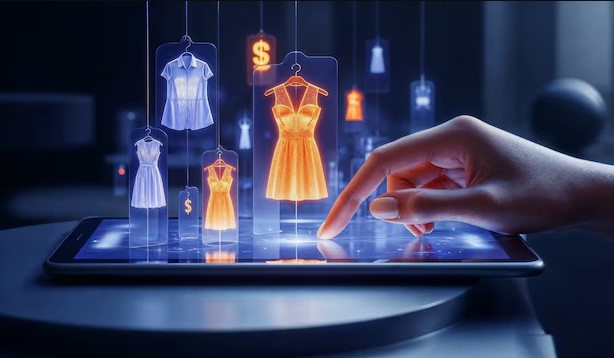The Technologies That Will Change The Way You Shop
— June 26, 2015Transforming Shopping with Rapid Delivery
Shopping habits have shifted drastically. Once confined to physical stores, consumers can now shop online and have products delivered to their doors within hours. Leading companies like Amazon aim to further reduce delivery times by employing drone technology, making near-instant gratification a reality. This evolution in logistics is not just about speed; it’s a reflection of how technology is shaping consumer expectations.
Revolutionizing Payments with Mobile Technology
The process of making payments has undergone a dramatic transformation. With tools like Apple Pay and Google Wallet, consumers can pay for goods and services through their smartphones or even wearable devices, such as the Apple Watch. By simplifying transactions into a tap or wave of the wrist, these innovations make shopping faster and more convenient.
Startups have entered this space with their own creative solutions. By offering platforms that address specific consumer needs, these smaller players are revolutionizing payments in ways traditional methods could not. This trend underlines how Vietnam’s software services and outsourcing sectors can position themselves at the forefront of fintech, developing innovative payment tools for both global and regional markets.
Visual Search: A New Way to Discover Products
Visual search technology offers a revolutionary way to connect consumers with products. Imagine walking down a street, spotting an item you like, and instantly identifying it through your phone’s camera. This concept eliminates the guesswork and empowers users to locate and purchase items in seconds.
Camfind is a leader in this space. Its visual search engine, supported by its CloudSight API, is helping developers integrate this feature into their apps. The API already supports retailers and has been adopted by several major North American brands. With patents securing its technology, Camfind sets a high standard in visual search innovation.
For companies specializing in outsourcing, the potential lies in integrating similar APIs into e-commerce platforms. This could help retailers leverage cutting-edge technology without investing in extensive in-house development. Businesses could play a pivotal role in adapting visual search solutions for local and international retailers.
Augmented Reality Enhances Online Shopping
Augmented reality (AR) addresses one of the most significant barriers in online shopping: visualizing products in real-world contexts. Whether it’s placing a couch in your living room or trying on virtual clothing, AR bridges the gap between the digital and physical shopping experience.
Cimagine has developed a groundbreaking AR platform that works seamlessly without requiring physical markers. It uses device cameras to create immersive visualizations, enabling users to see how items fit into their surroundings. Cimagine’s collaboration with Shop Direct in the U.K. demonstrates the practical potential of AR in large-scale retail settings.
AR presents vast opportunities. Companies specializing in web and mobile development could integrate AR into e-commerce websites, enhancing user experience. S3Corp, with its expertise in software outsourcing, could collaborate with international retailers to create AR solutions tailored to specific markets. This blend of local innovation and global collaboration could redefine consumer engagement.
Empowering Small Businesses with Mobile Payments
Mobile payment systems are not just for large corporations. Startups like Sling are innovating to support micro-merchants—small businesses that often lack the resources to implement traditional payment methods. Sling’s solution involves a simple bracelet or sticker with a scannable code that connects to a merchant’s account. Consumers use a mobile app to make secure payments without directly sharing credit card information.
This approach creates trust between buyers and sellers while eliminating the need for costly infrastructure. Sling’s model is still in its testing phase, but it highlights the potential for mobile technology to empower the smallest businesses.
With an increasing number of micro-merchants in Southeast Asia, localized payment solutions could drive economic growth. By providing tailored software development services, companies like S3Corp could position themselves as leaders in fintech innovation.
The Role of Startups in Shaping the Future
Startups are at the heart of this technological transformation. By targeting niche markets and embracing bold ideas, these companies are redefining how people shop. Whether through visual search, AR, or mobile payments, they are pushing boundaries that established corporations might hesitate to explore.
Vietnam’s tech ecosystem is well-positioned to contribute to these developments. With a robust outsourcing sector and expertise in mobile and web development, local firms can partner with global innovators to bring cutting-edge solutions to market. By focusing on quality and adaptability, companies like S3Corp can help shape the next era of shopping technology.
Conclusion
The way people shop is evolving rapidly, driven by advances in technology and the ingenuity of startups. From drone deliveries to visual search and AR, these innovations are reshaping consumer experiences. Vietnam’s software development and outsourcing industry has an essential role in supporting these changes, providing the technical foundation for a more connected and efficient shopping landscape.
Businesses that embrace these trends will stay competitive in this dynamic market. For those that hesitate, the risk of being left behind grows with each technological breakthrough.







